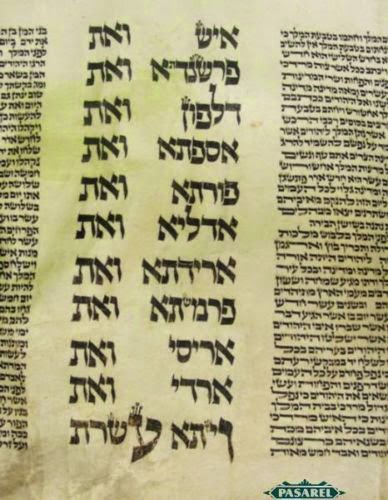Last week I posted some thoughts in response to a public lecture given by Rabbi Reuvain Mendlowitz regarding Ksav Chabad (the Alter Rebbe's ksav). I felt he did not represent the issue fairly, and since I had received questions about it from a number of people I felt it made sense to write a general response. After I posted my response on this forum, Rabbi Mendlowitz reached out to me by email and we ended up having a respectful and productive email exchange regarding the relevant issues surrounding Ksav Chabad. His position is a lot clearer to me now, and I think he also took certain things on board that I clarified with him. The purpose of the Stam Forum (at least back in it's heyday before all the whats app groups took over) was to connect sofrim from around the world, to promote achdus and build bridges, as well as to offer support and advice. In that spirit, I felt I should write a follow up post, to clarify some of the issues and misconception...


Interesting. And the ksav too
ReplyDeleteיש עוד דבר מעניין - באלפי"ן היודי"ן העליונים הפוכות
ReplyDeleteאפשר לראות חלקים נוספים מהמגילה בכתובת הנמצאת בפנים, ושמה רואים שסתם אלפי"ן בשאר המגילה היודי"ן של האלפי"ן ישרות כלפי מעלה, ולא הפוכות
These are new innovations that have been introduced. I suspect that this AYIN RABATI is based on the concept that the hanging of the 10 evil sons of Haman represents a pivotal moment in the ushering of the Ge'ulah. Therefore, we see Daryavesh, (Queen Esther's descendant) giving permission to Ezra to return to Eretz Yisrael and to rebuild the Beis ha'Mikdash. This according to our tradition happened EXACTLY 70 YEARS after the Churban of the Bet ha'Mikdash. The AYIN is made large because it alludes to those 70 years.
ReplyDeleteThere are other innovations in this megillah as well. I will post it in a follow-up post with pictures so that you may be better able to view it by visualizing the text.